The 11 best laptops of 2016
The Acer Chromebook R11 is worth considering for those with basic needs and a light budget.

The Dell Chromebook 13 is the best Chromebook on the market.
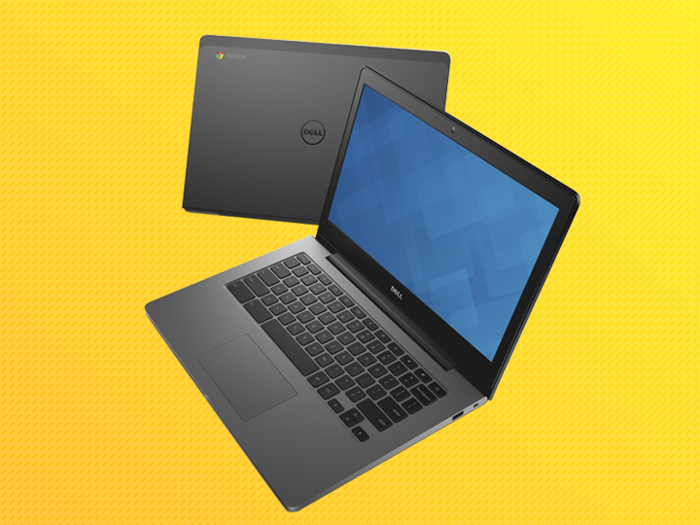
The one Chromebook that really soars is the Dell Chromebook 13. It looks, feels, and acts like a quality machine. It's just priced like one, too — relatively speaking. But if you can handle the premium, it’s still one of the best budget laptops you can buy.
Pros:
• No real issues with performance
• Excellent battery life — about 10-12 hours on average
• Sharp design with good keyboard
Cons:
• A bit too expensive for an OS that's still inherently limited. Base configuration costs $430; adding a touchscreen costs at least $630.
About those budget Windows laptops...
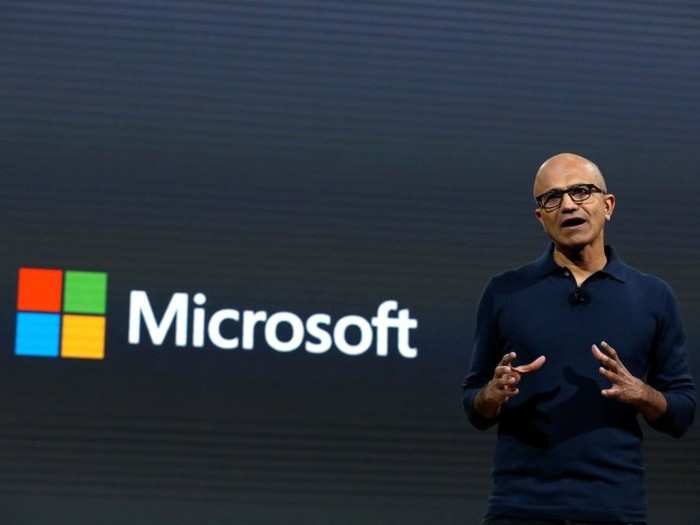
You can get by with an ultra-affordable Windows notebook, but chances are you won't enjoy it. Generally speaking, they're either flimsy, clunky, severely underpowered, or some combination of the three. So, not a good long-term investment.
Microsoft has tried to compete with Google by touting ultra-affordable travel laptops like the HP Stream, those are little more than glorified netbooks. They work, but they’re nowhere near as smooth as a good Chromebook. What good is Windows if your laptop struggles to do anything with it?
The Acer Aspire E5-57G-53VG is the rare mid-range Windows laptop that takes care of the fundamentals.
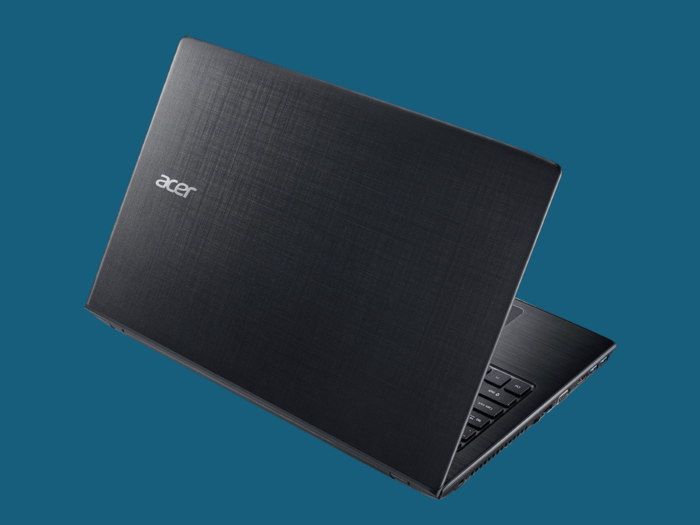
The Acer Aspire E5-57G-53VG, which goes for about $550, may never turns heads, but it meets enough of the requirements for a good affordable notebook. It's not great, but it’s good enough. That’s a victory for the money.
Pros:
• Sharp 1080p display
• Core i5 chip, 8GB of RAM, 256GB solid-state drive, and (older) Nvidia graphics processor mean capable performance for the money
Cons:
• 15-inch display is a TN panel; colors are duller than those of an IPS screen, like the one on the Dell Chromebook 13
• Have to delete a good amount of pre-installed bloatware to get the most out of it
• Design isn't anything special, and battery life is just okay
• Core i5 chip is technically 6th-gen ("Skylake") model, though difference between that and newer 7th-gen ("Kaby Lake") isn't massive
The Asus Zenbook UX330UA is the most affordable Ultrabook that's also competent.
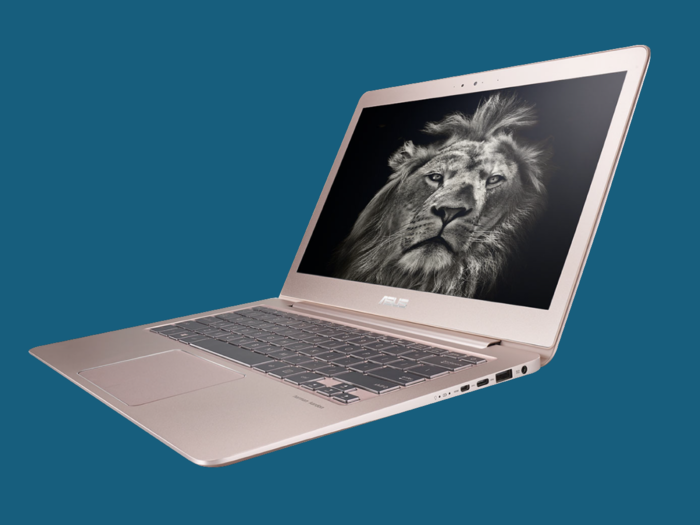
Most people looking for an everyday laptop will want an Ultrabook. They’re slim, light, and easy to pack, yet loaded with enough power to run through most non-developer needs. For as low as $680, the Asus Zenbook UX330UA is the most affordable of these that’s also competent.
Pros:
• Quality 1080p display, latest-gen Core i5 processor, 8GB of RAM, and 256GB solid-state drive are all good value
• Decent, backlit keyboard, healthy array of ports (USB-C included), and fingerprint scanner (for faster logins)
• Battery life is good with this configuration, and the aluminum lid looks sharp
Cons:
• No touchscreen on this configuration
• Speakers are weak, and the whole thing isn’t constructed as tightly as the higher-priced options below; slight bit of wobbliness to it
• Hard to find at aforementioned sub-$700 price as of this writing. Consider last year's Zenbook UX305UA if it's only available in $850-900 range; that has backlit keyboard and 6th-gen chip, but those aren't massive losses, all told.
It's aging a bit, but the Dell XPS 13 continues to be the go-to notebook for most people.
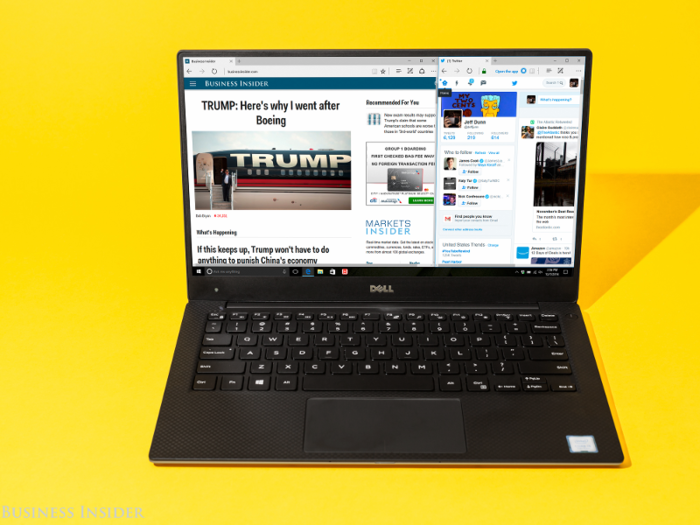
The Dell XPS 13 has been widely considered the best mainstream notebook for a couple of years now, and its latest update yields no reason to think different. It hasn't fixed some of its nagging annoyances over that time, but even if the competition has caught up, it still excels where it matters most.
Pros:
• Puts the display of a 13-inch notebook into the body of an 11-inch one
• Tremendously compact, but has most of the necessary ports (sans HDMI)
• Wonderful display, fast and comfy keyboard, competent touchpad, and superb battery, lasting well over 10 hours on average
• Aluminum lid is handsome but not ostentatious; carbon fiber interior gives soft resting spot for hands
• No worries with performance, and has newest Kaby Lake chips
• Starts at $799 for a Core i3 model, but if you can live with 128GB of storage and a non-touch screen, the $999 version we tested is good value
Cons:
• Very little has changed in recent years
• Webcam on bottom bezel is eternally terrible, and a fingerprint scanner would be nice
• Not as thin as many competitors
• Touch has become a genuinely delightful aspect of Windows 10; you have to drop at least $1,300 and sacrifice battery life to get that here
The new HP Spectre x360 is the one notebook that can challenge, and arguably surpass, the XPS 13's crown.
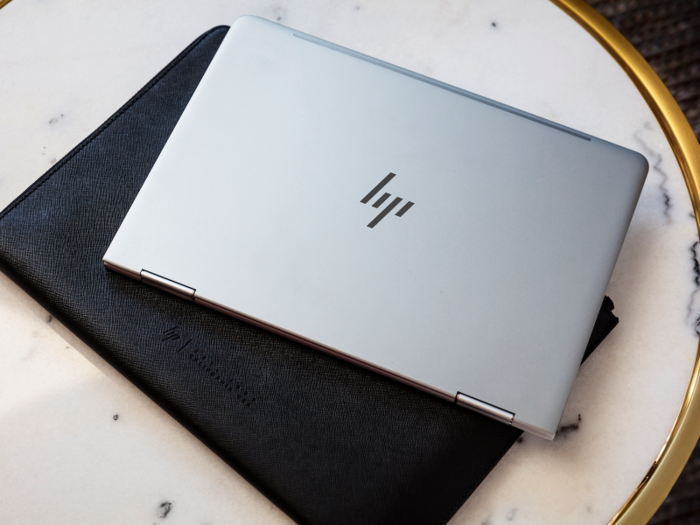
The HP Spectre x360 got a makeover earlier this year, and came out as the best convertible for most people. If you want the 2-in-1 design, it should be your starting point.
Pros:
• Like the XPS 13, it has an upscale look that’s very efficient with its space
• Battery life is outstanding — though a little behind the non-touch XPS, as expected — the keyboard and touchpad are above-average, and the speakers are great
• There’s a fingerprint scanner, and the webcam is in the right place
• The newest Core chips help it stay strong and speedy
• Decent value. Its $1,159 starting tag isn’t cheap — though it’s been lower before — but it gets you a touchscreen, 256GB of storage, and a Core i7 chip. You have to pay $1,600 to get comparable specs out of the XPS 13
Cons:
• Though there are two Thunderbolt 3/USB-C ports, there’s no SD card slot, and only one traditional USB-A port. (The XPS, by contrast, has one less Thunderbolt 3 port, an SD slot, and two USB-A ports.)
• Fans can make it louder than the XPS under duress
• Pressing the touchscreen can push the hinge slightly out of place
• Only comes with a 1080p resolution, though that’s fine for most
The Lenovo Yoga 910 is a stylish alternative with a slightly larger display than the XPS and Spectre.
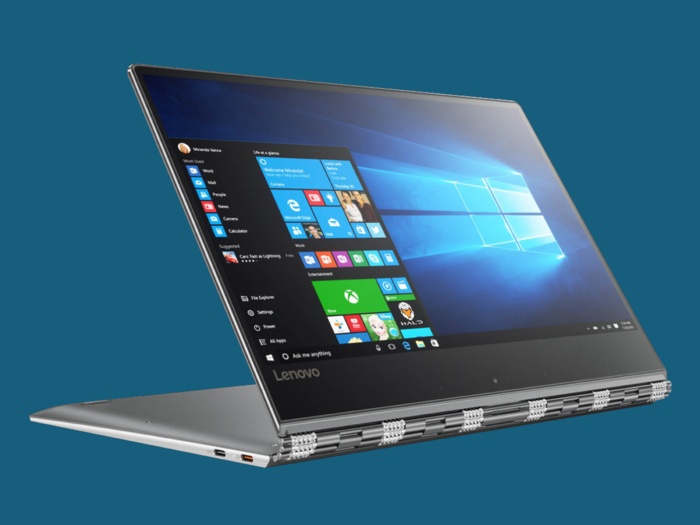
Hanging right with the Spectre x360 is the 13.9-inch Lenovo Yoga 910. If you want a larger display, or you like its look more than that of the Spectre, it's another elegant convertible with plenty to like.
Pros:
• Good looks, supremely thin bezels fit 14-inch screen into 13-inch laptop's body, and has the same classy “watchband” hinge we’ve seen in past Lenovo devices like the Yoga Book tablet.
• Very quick performance (a hair faster than the Spectre, in our general tests), beautiful display, fast keyboard, and supremely long-lasting battery
Cons:
• Borrows the XPS 13’s awful bottom-bezel webcam placement
• Shrinks the right Shift key to fit in the whole keyboard
• Port selection isn’t great — just two USB Type-C ports, a USB 3.0 port, and a headphone jack. Neither of those USB-C ports are Thunderbolt 3, either, so no way to fulfill their “one port fits all” promise
• Thin, but naturally a bit more to carry around than the Spectre and XPS
The Razer Blade Stealth brings fun and power at a competitive price.
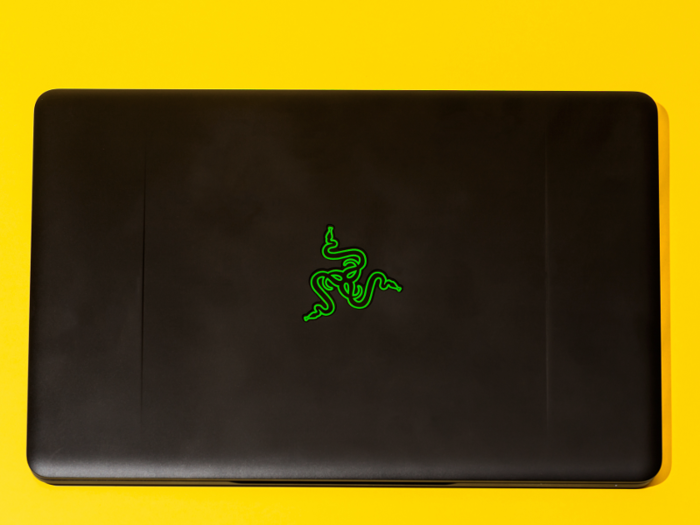
I can’t recommend the Razer Blade Stealth over the Dell, HP, or Lenovo models above, but it’ll hold plenty of appeal to the right kind of user, and justifiably so.
Pros:
• Very well-made. Black aluminum finish is slick and substantial, and the hinge that holds everything together is tight. Thicker than a MacBook, but not fat
• Keyboard backlighting can be customized to display several fun colors and patterns
• Fast, with a 7th-gen Core i7 chip in all but the lowest-end model
• 12.5-inch touchscreen looks great and carries a very sharp 2560x1440 resolution by default
• Aggressively priced. Starts at $899, but if you can handle 128GB of SSD storage, $999 model is great value for those who dig the aesthetic
Cons:
• Not a gaming laptop, but looks like one. Green snake logo and glowing keyboard are playful, but don’t exactly scream “adult office professional”
• Keyboard is on the stiffish side, bezels are enormous, and battery life is only passable, not great
• One of our review units suffered from noticeable coil whine when pushed, which made it uncomfortably noisy
• Only two USB-A ports, and no SD slot
The Microsoft Surface Book with Performance Base is as premium as Windows laptops get.
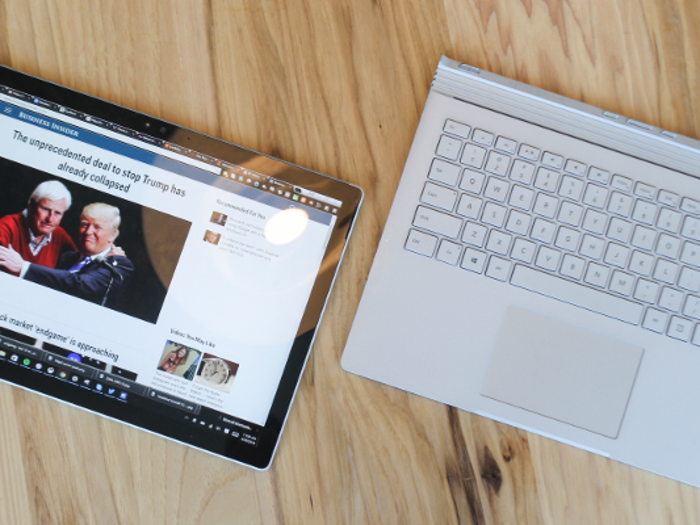
You don’t have to pay the premium for the Microsoft Surface Book over an XPS 13 or Spectre x360, but if you’re a professional with money to burn, it’s the closest thing Windows laptops have to a luxury brand.
The new “Performance Base” model makes it a little bit better. Its high price and lack of IT-friendly ports make it hard to see it as much more than a status symbol, but a good laptop is a good laptop all the same.
Pros:
• Handsome magnesium alloy finish, striking rolled-up hinge, Surface Pen stylus, detachable 13.5-inch touchscreen and its taller, 3:2 aspect ratio — all of that is still there, and keeps this one of the most wholly original laptops on the market
• Strong performance, vibrant screen, fast and clicky keyboard, and responsive touchpad
• The new additions are good: Built-in Nvidia graphics card allows for moderate (but not VR) gaming, and bolstered battery life got me around 11 hours with average use
Cons:
• Performance Base starts at obscene $2,399, but technically uses last-gen Core i7 and mid-tier GPU
• Fully detaching the screen doesn’t feel as natural as simply rotating it, a la the Yoga. Windows is still under-supported as a tablet OS, and whole device is still weirdly top-heavy because of design
• No USB-C port
• Still doesn’t close totally flat
• Not huge, but a bit thicker and heavier than every other high-end model here
The Apple MacBook Pro isn't the power user dream machine it used to be, but it's both innovative and exceedingly well-constructed.
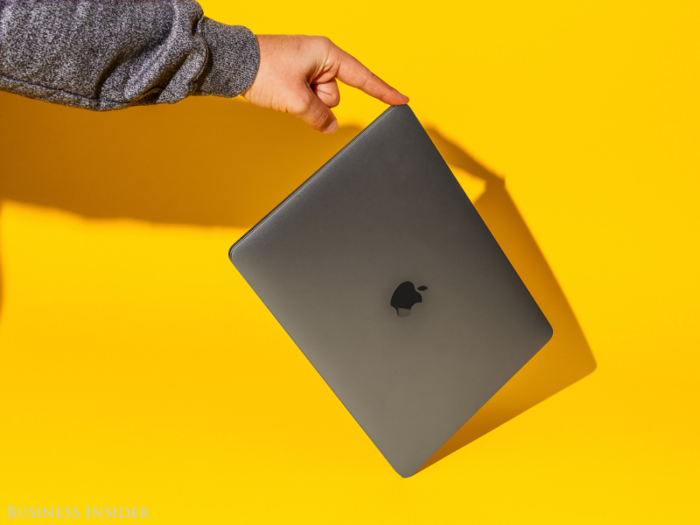
If you follow the PC market with any regularity, chances are you have an opinion on the new Apple MacBook Pro. You might think it’s bad! It certainly gives reasons for longtime Mac users to be angry.
But devoid of context, and away from the pressure of being a MacBook, it’s still just a nice piece of machinery. Apple has lost its grip as maker of The Best Laptop, but if you’re a Mac fan with a deep wallet, there’s much more good than bad here.
Pros:
• Phenomenally well-made, with a smooth aluminum frame that exudes quality
• Slimmer and lighter footprint makes it easier to carry
• Display is still gorgeous, and now brighter than before
• Massive trackpad is second to none
• New TouchID scanner is convenient
• macOS is still easy to get around
• Touch Bar is well thought-out for what it is
• Performance boosts aren’t great, but it’s not like the whole thing is slow
Cons:
• Ditching every established port type besides USB-C is bound to result in dongle hell, even if Apple puts four USB-C ports on there.
• Inconsistent battery life is often below Apple’s estimates
• The ultra low travel, MacBook-style keyboard is markedly improved, but a step back from previous MacBook Pro model
• Looking down at the Touch Bar inherently slows down your workflow, and is dependent on future developer support
• Virtually non-upgradeable, always and forever
• With the MacBook Air left for dead, and the sans-Touch Bar MacBook Pro starting at $1,499, Apple no longer sells a good Mac for the average buyer
The Lenovo ThinkPad X1 Yoga (OLED) packs one of the most gorgeous laptop displays we've ever seen into a comfortable, time-tested design.
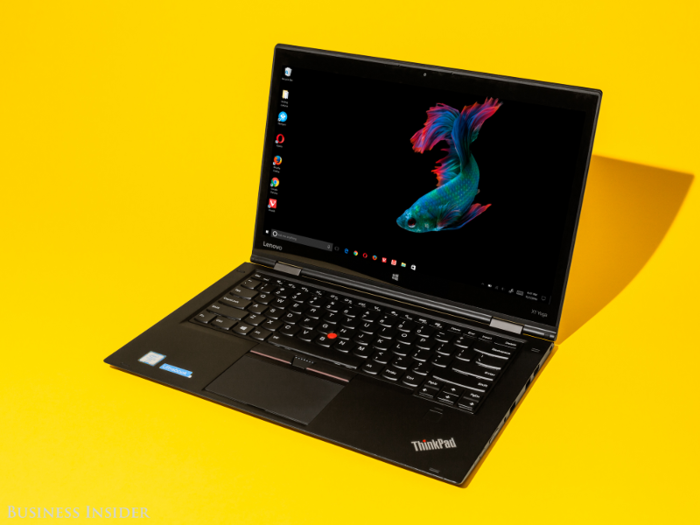
The Lenovo ThinkPad X1 Yoga is a fine laptop in its own right, but it doesn’t really ascend to the level of top-tier notebooks until you equip it with an OLED display. Then, it becomes a thing of luxury. The tech is clearly in its early days with this form factor, but once you’ve lived with it, it’s hard to go back.
Pros:
• We’ve taken a deeper dive on OLED laptops before, but in short: The X1 Yoga’s 14-inch screen is tremendous, with pitch dark blacks and lush colors. When it’s right, it makes routine Netflix sessions feel exciting
• Of the three OLED laptops out there, the fully rotatable Yoga design supports the tech best. You just flip the display around, and you have a futuristic mini TV right then and there
• Superb keyboard
• Solid battery life
• Steady performance
Cons:
• Though Lenovo makes some fixes, Windows hasn’t been fully tuned to support OLED, and the tech itself can wash out images at an angle
• OLED comes at a premium: Base model uses a last-gen Core i5 processor, yet costs around $1,600-1,800
• Design is sturdy and dependable, but doesn’t have the flair of a MacBook Pro or Surface Book, despite the high price
• No USB-C port (though most others you could want are there)
• Lenovo has had trouble keeping the OLED model in stock, so you may have trouble finding it
Popular Right Now
Advertisement